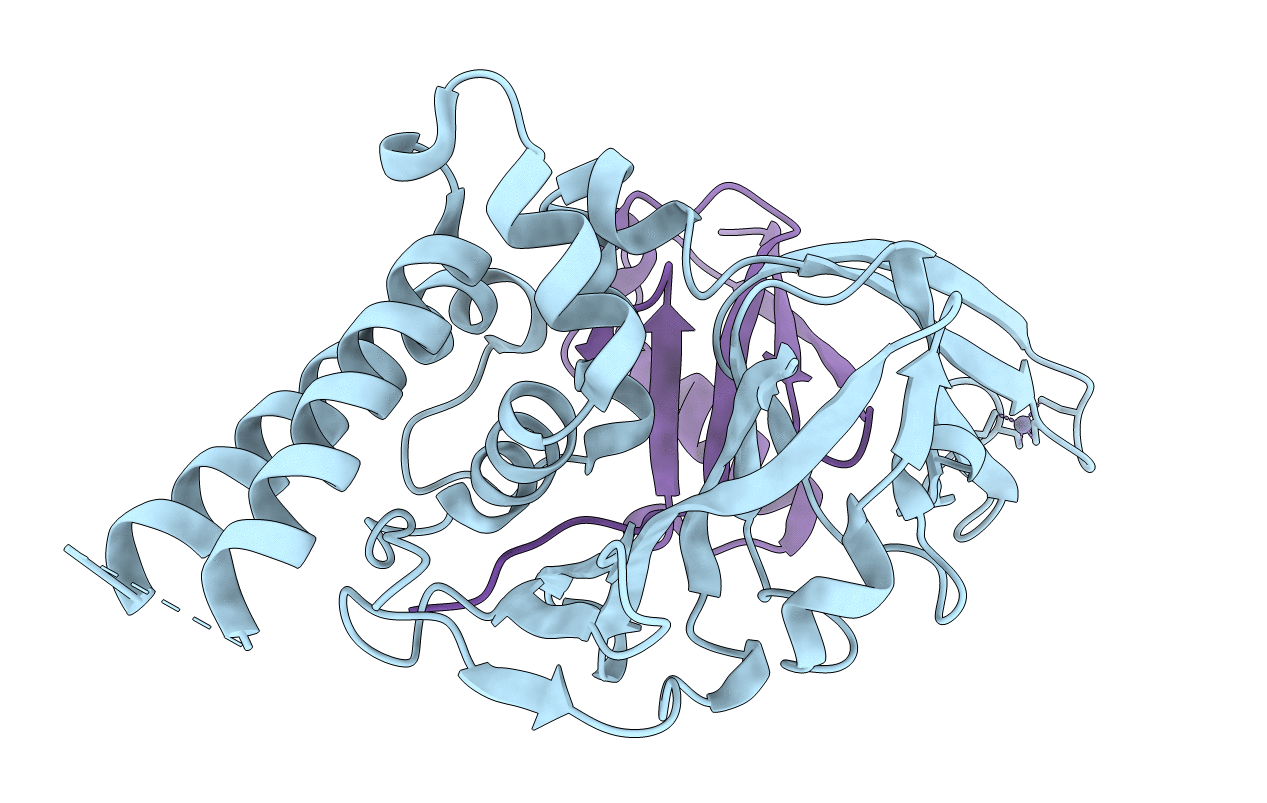
Deposition Date
2021-07-26
Release Date
2022-03-02
Last Version Date
2024-10-16
Entry Detail
Biological Source:
Source Organism:
Homo sapiens (Taxon ID: 9606)
Peromyscus maniculatus bairdii (Taxon ID: 230844)
Peromyscus maniculatus bairdii (Taxon ID: 230844)
Host Organism:
Method Details:
Experimental Method:
Resolution:
1.80 Å
R-Value Free:
0.19
R-Value Work:
0.17
R-Value Observed:
0.17
Space Group:
P 1 21 1


